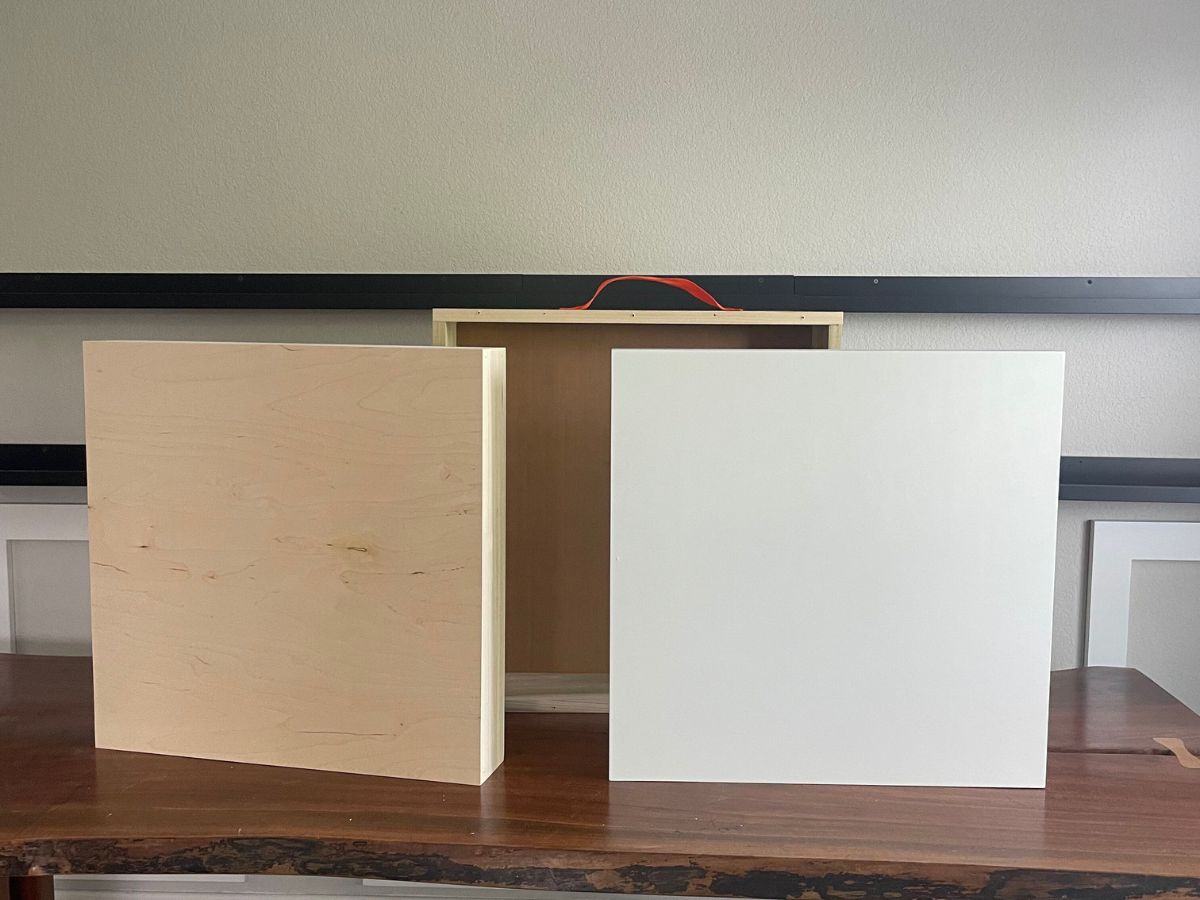
How to Transport and Store Wood Panel Art Without the Stress
When you’ve put in the effort to create a painting on a wood panel, transporting and storing that work properly is just as important as the painting itself. Here are practical steps to help keep your work safe, flat, and ready for display or shipping.
1. Understand the material you’re working with
Wood panels are great because they’re rigid and stable for painting, but that doesn’t mean they’re immune to damage. Wood reacts to changes in humidity and temperature, which can lead to warping, cracking, or paint layer separation.
For example, conservators advise that large wooden supports must be stored with relative humidity and temperature carefully controlled. So keep that in mind before you transport or stack them.
2. Transporting your panel works
Wrapping and protection:
- Make sure the paint is fully dry and cured before moving. If you transport too early, the surface can be vulnerable.
- Wrap the panel in protective materials like glassine or clean paper over the painted surface, followed by bubble wrap (flat side facing the art). Then add rigid protection like cardboard or foam board.
- Always label boxes or crates “Fragile – Flat Panel – Do Not Stack” if you’re using shipping. Use rigid crates for large panels where possible.
Handling and shipping:
- Lift the panel by its edges with two hands (or two people if large). Avoid leaning it loosely or letting it rest on corners or the painted surface.
- In your vehicle, secure the panels flat or slightly tilted but not upright without support. Avoid heavy vibration or movement.
- If shipping commercially, consider custom crates or stacking with extra boards between works to avoid pressure on the painted face.
3. Storing your panel paintings
Climate control:
- Store panels in an area with stable temperature and humidity. Ideally, around 68-72°F and humidity around 45-55%. Avoid basements, attics, or spaces with wide changes in temperature.
- Keep them away from direct sunlight, vents, damp walls, or extreme cold.
How to stack/lean:
- Lean panels against a wall at a slight angle (10-15°), with supports underneath (foam blocks or wood strips) to keep them off the floor. OR,
- Store flat, horizontally, but with no heavy weight on top of them and ideally separated by struts or acid-free boards.
- Never stack too many panel works face to face without a protective layer in between. Paint surfaces can stick, get scratched, or bend under weight.
Labeling and spacing:
- Use acid-free paper and boards between works.
- Label storage with artist, title, date, and medium so you can track what’s in the pile without unstacking everything.
- Leave aisle space so you can pull items out without disturbing others.
4. Regular checks and early intervention
- Every few months check stored panels for signs of warping, paint flaking, or insect or pest damage. Wood supports are still vulnerable to pests or changes over time.
- If you spot warping or separation, isolate the work and consider consulting a conservator early rather than waiting until damage is severe.
A painting on a wood panel gives you strength and flatness under your brush. But that surface demands just as much care in transport and storage as the painting process itself. With the right wrapping, climate control, leaning or flat-storage method, and periodic checks, your panel-based work can survive and be ready for whatever comes next be that gallery show, sale, or your own display.
